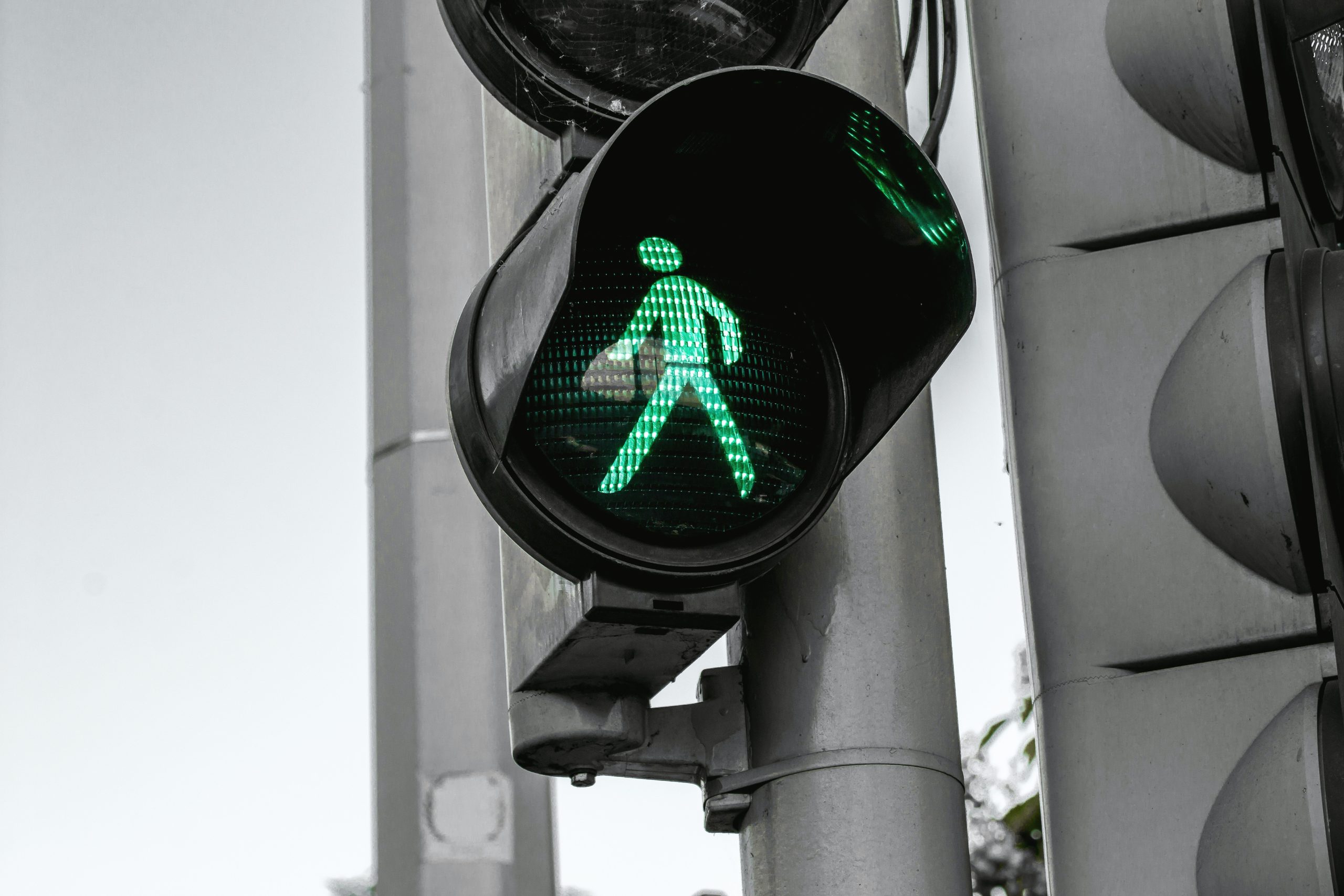Article by Brian Kane, Esq. and Taylor Davis, Esq.
The Pennsylvania Supreme Court recently overturned a trial court’s decision to instruct the jury on the sudden emergency doctrine, which the defendant driver asserted in defense for striking a pedestrian walking in a designated crosswalk. The Court held that the presence of an emergency is just one of many factors to be considered in assessing the reasonableness of a party’s actions, signaling that the sudden emergency doctrine may no longer be a viable defense in Pennsylvania. Graham v. Check, No. 42 WAP 2019, 2020 WL 7565192 (Pa. Dec. 22, 2020).
In Graham, the plaintiff was standing at a bus stop just before 6:00 a.m., intending to catch a local bus to downtown Pittsburgh. After realizing that he did not have the exact bus fare, he decided to cross the highway to the gas station to get change. The intersection had a pedestrian signal, but the plaintiff did not activate it. Instead, the plaintiff, who was wearing dark clothing, began walking in the marked crosswalk at an ordinary walking speed.
When the plaintiff was somewhat past the centerline of the highway, the oncoming traffic light turned green. At the same time, a driver approached the intersection, accelerating to a speed of approximately 15 to 30 miles-per-hour. The driver testified that he applied his brakes as quickly as he could but first saw the plaintiff at a distance of only seven to ten feet. The driver struck the plaintiff, who did not see the vehicle until just before it hit him.
The plaintiff filed a negligence suit against the driver, and the case was tried before a jury in Allegheny County. The trial court granted the driver’s request to include the sudden emergency doctrine in its jury charge, despite the plaintiff’s objections. The jury returned a verdict in favor of the driver. The plaintiff appealed to the Superior Court, arguing that the driver experienced nothing that a reasonably prudent driver would not have anticipated under the circumstances. Nevertheless, the Superior Court affirmed the trial court’s decision, finding that the sudden emergency jury instruction was warranted because the evidence created a question of fact as to whether the driver “suddenly appeared.”
In a 5-2 decision authored by Justice Wecht, the Pennsylvania Supreme Court reversed, finding that the trial court’s decision to instruct the jury on the sudden emergency doctrine was in error. Recognizing the “considerable tension” between granting a motor vehicle operator the sudden emergency instruction and the heightened duty of care that Pennsylvania law imposes on a driver relative to pedestrians crossing at intersections, the Court advised against using the sudden emergency doctrine as a “defense” in future jury instructions. Instead, the Court explained that the presence of an emergency is just one of many different circumstances that a jury should take into account in assessing the reasonableness of each party’s actions or inactions.
Based on this reasoning, the Court concluded that the trial evidence failed to establish a foundation for an instruction on the sudden emergency doctrine. Specifically, the Court reasoned that the only evidence of “suddenness” in this case appeared to arise from the driver’s failure to observe the plaintiff until he was “nearly upon him.” Finding that the decision to charge the jury on the sudden emergency doctrine was prejudicial error, the Court remanded the case for a new trial.

